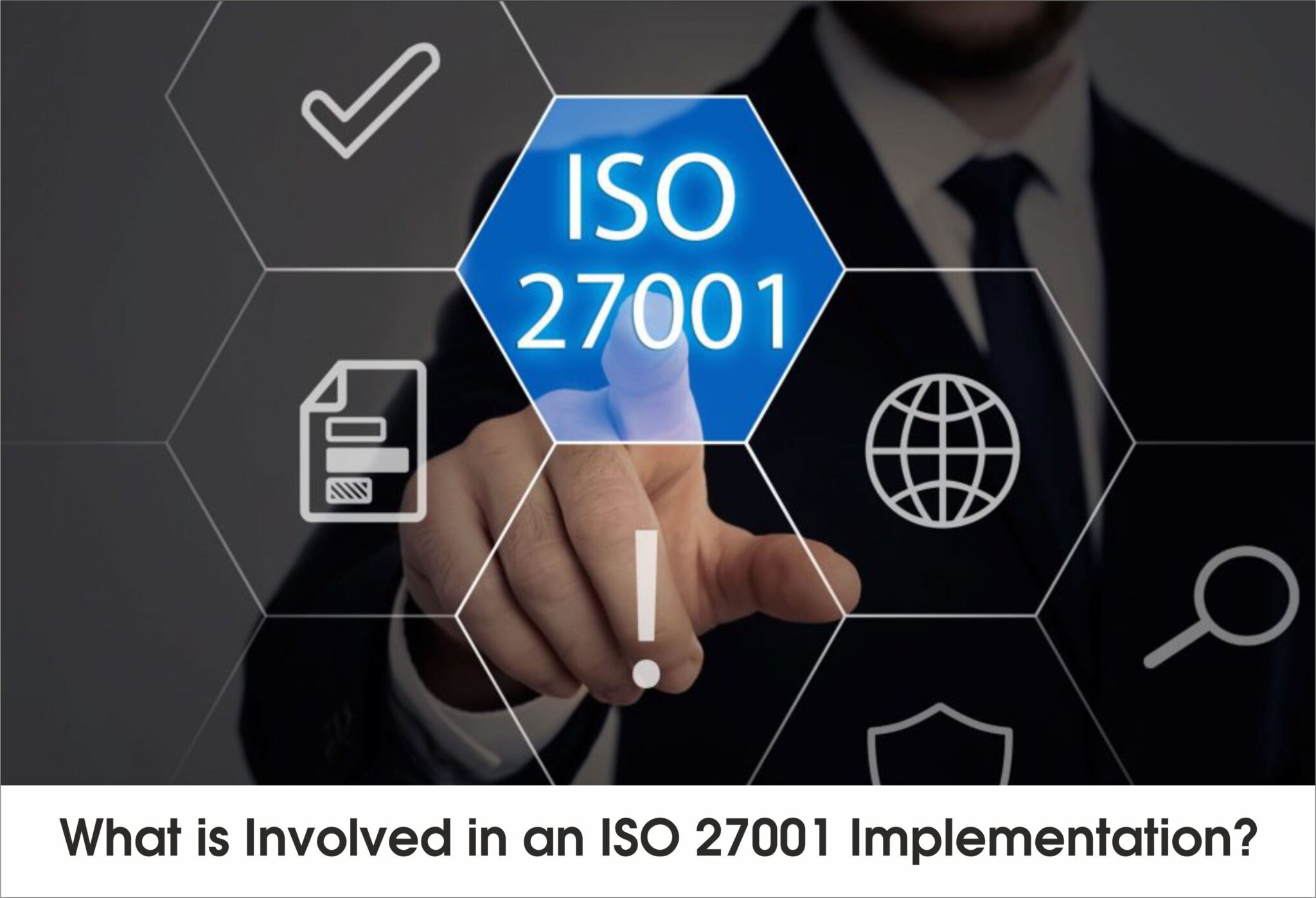Several essential steps are required for ISO 27001 implementation in order to guarantee an organization’s efficient management of information security. Here’s how it works:-
- Establishing the context : This stage involves fully understanding the organization’s information security objectives, requirements, and legal responsibilities. It also entails specifying the parameters of the Information Security Management System (ISMS) and the implementation’s scope.
- Conducting a risk assessment : This stage involves discovering and assessing the risks related to the information assets of the organisation. Evaluation of potential risks, vulnerabilities, and their possible effects are all part of this process.
- Developing a risk treatment plan : A strategy is developed to manage and minimise risks that have been identified based on the risk assessment. The particular steps that must be taken to lessen or eliminate the risks are outlined in this strategy.
- Implementing the controls : This stage involves setting up the required procedures and controls to properly manage information security threats. This entails developing and putting into practice rules and processes, making sure that legal and regulatory requirements are fulfilled, and creating systems for observing and evaluating controls.
- Conducting training and awareness programs : Employees must be informed of their responsibility for protecting the security of information assets. Topics including data protection, password security, and incident response protocols should be covered in training programmes.
- Conducting internal audits : Internal audits that are conducted on a regular basis assist in identifying areas for improvement and evaluate how well controls have been implemented. These audits make sure that the Information Security Management System (ISMS) is operating according to plan and in accordance with ISO 27001 certification requirements.
- Conducting management reviews : The ISMS should be reviewed by top management on a regular basis to make sure it remains appropriate, sufficient, and effective. This review involves evaluating internal audit findings, going through safety incidents, and considering any context changes for the organisation.
Overall, implementing ISO 27001 requires a methodical strategy that includes risk assessment, control implementation, personnel training, and continual monitoring and improvement. It is an extensive framework that gives organisations the tools they need to properly manage information security threats and safeguard their valuable resources.




